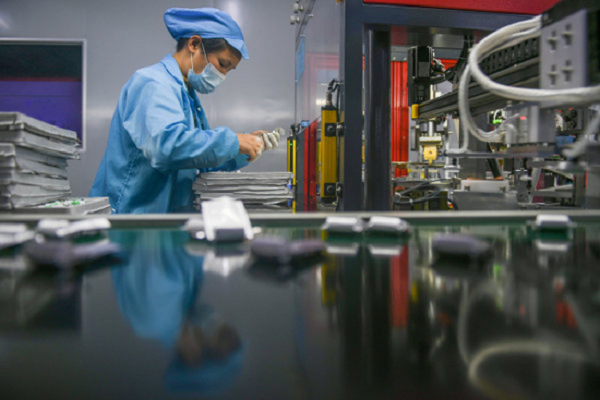Among the safety requirements for lithium batteries, safety standards for charging and discharging operations and electricity consumption are crucial. These standards are designed to ensure the safety and reliability of the operation process and prevent accidents. The following are the main safety standards regarding lithium battery charging and discharging operations and electricity use:

1. Safety standards for charging and discharging operations:
Operating environment requirements: Lithium battery charging and discharging operations need to be carried out in a ventilated environment with suitable temperature and humidity. This helps prevent adverse conditions such as overheating and humidity from affecting battery performance and safety. At the same time, the charging and discharging area should be far away from the core area, and independent fire partitions should be set up to reduce potential safety risks.
Selection and use of chargers: Charging operations must use chargers that comply with relevant standards and specifications and are of reliable quality. The charger should have safety requirements such as short-circuit protection, braking power-off function, over-current protection function, and loss-of-control prevention function. In addition, the battery pack should use a charger with a balancing function to ensure that the charge status of each single cell in the battery pack is balanced.
Battery inspection: Before charging and discharging, you must check whether the battery is qualified. This includes confirming whether the battery is damaged, deformed, leaking, smoking, leaking or other abnormal conditions. If there is any problem, charging and discharging operations are not allowed, and the battery must be disposed of safely in a timely manner.
Avoid overcharging and over-discharging: Avoid overcharging and over-discharging during lithium-ion battery charging and discharging operations. Overcharging may cause problems such as increased internal pressure of the battery and electrolyte leakage, while overdischarging may cause battery performance to decrease and shorten its lifespan. Therefore, the voltage and current during charging and discharging should be strictly controlled to ensure that the battery operates within a safe range.
Temperature control: Prevent charging and discharging of lithium batteries in high or low temperature environments. High temperatures may cause thermal runaway of the battery, while low temperatures may affect the battery's charge and discharge performance. In addition, the charging and discharging current of lithium batteries shall not exceed the maximum current indicated in the specification sheet.
Use power circuits that comply with national standards: When charging and discharging lithium batteries, power circuits that comply with relevant national electrical standards should be used to ensure the stability and safety of the power supply.
2. Electricity safety standards:
Equipment insulation and grounding: Lithium battery powered equipment should have good insulation properties to prevent leakage and electric shock accidents. At the same time, the equipment should be properly grounded to ensure that current can be directed to the earth in the event of an electrical fault to protect personnel safety.
Electrical connection and protection: The electrical connection of lithium batteries should be firm and reliable to prevent loosening or falling off. For exposed electrical parts, protective measures should be taken, such as wrapping them with insulating materials or installing protective covers to prevent accidental contact.
Regular inspection and maintenance: Regular inspection and maintenance of lithium battery power equipment to ensure that they are in good working condition. This includes checking for loose electrical connections, damaged insulation, and equipment that is unusually hot.
Safety training and operating specifications: Conduct safety training for personnel operating lithium battery-powered equipment to understand the safety performance, operating methods and emergency measures of the equipment. At the same time, operating specifications are formulated and strictly implemented to ensure that personnel operate in accordance with prescribed procedures and requirements.
To sum up, the safety standards for charging and discharging operations and electricity consumption in the lithium battery safety requirements cover many aspects, from the operating environment, equipment selection, battery inspection to the insulation and grounding of electrical equipment, etc. There are clear regulations. The implementation of these standards helps ensure the safety and reliability of lithium batteries during use and reduces the risk of accidents.




